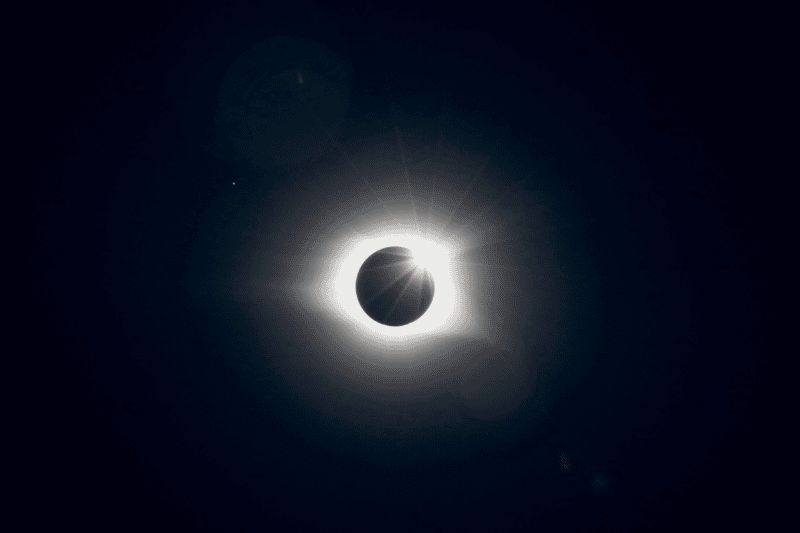
An economic glimpse of the solar eclipse
Mary Mahan, Staff Writer
A snapshot of the eclipse over Greenville.
Source: NASA
The 2017 solar eclipse was a natural phenomenon that captivated people around the globe, even though it could only be seen in its entirety on its diagonal path from Oregon to South Carolina. People around the country and overseas flocked to the states within the eclipse’s path to watch the moon completely block out the sun.
Because of the travelers coming from all over the country, “eclipse states” were subject to staggering economic growth over the eclipse weekend, and South Carolina was no exception.
Recently, Greenville News released an article stating that the state was exposed to 1.6 million travelers from within and out of the state. That’s more people than the populations of North and South Dakota combined, or for something that hits a little closer to home, enough people to fill Clemson’s Death Valley stadium 20 times.
These 1.6 million people brought an economic impact of $269 million to South Carolina with them. According to the South Carolina department of Parks, Recreation, and Tourism (SCPRT), the 2017 solar eclipse was the single greatest tourist event on record in the state.
Continental path of the eclipse.
Source: NASA
The $269 million revenue came from travelers paying for hotels and other travel expenditures (food, park fees, gas, etc.). The majority of these people spending money were out-of-state travelers, most coming from Georgia, Florida and North Carolina. Reaffirming this, NGU economic professor, Jon Boulet said, “These people going out to eat and spending money at the local shops are going to be correlated with, or tightly related to those distance travelers.”
Lots of small businesses recorded holiday like crowds. For example, Cocobon Chocolatier in Anderson, recorded a Valentine’ Day like crowd in their shop. Boulet commented, “When these ‘out-of-towners’ come to watch such a rare event, they’re going to spend more money on certain things that make the experience more memorable.”
Broadcast Media majors Elise Rimmer (Senior), Amy Hubbard(Junior.), Clay Webb(Juior.) and Savannah Hovis(Junior) wait for solar totality outside the student center.
Photo courtesy: Amy Hubbard
Some 3.8 million residents of South Carolina watched from their own homes and participated in some type of community event at college campuses, churches and the like.
North Greenville University had its own solar eclipse event outside the student center. All the students and the community were invited for free popsicles, water and eclipse glasses. NGU’s student life department expected around 1,000 people and had enough free glasses to match. Roughly 12 to 1500 people showed up outside the student center and, thankfully, many came equipped with their own eclipse glasses.
Although the eclipse only lasted a minute or two, the memories, pictures and the economic growth are set to last quite a bit longer.



